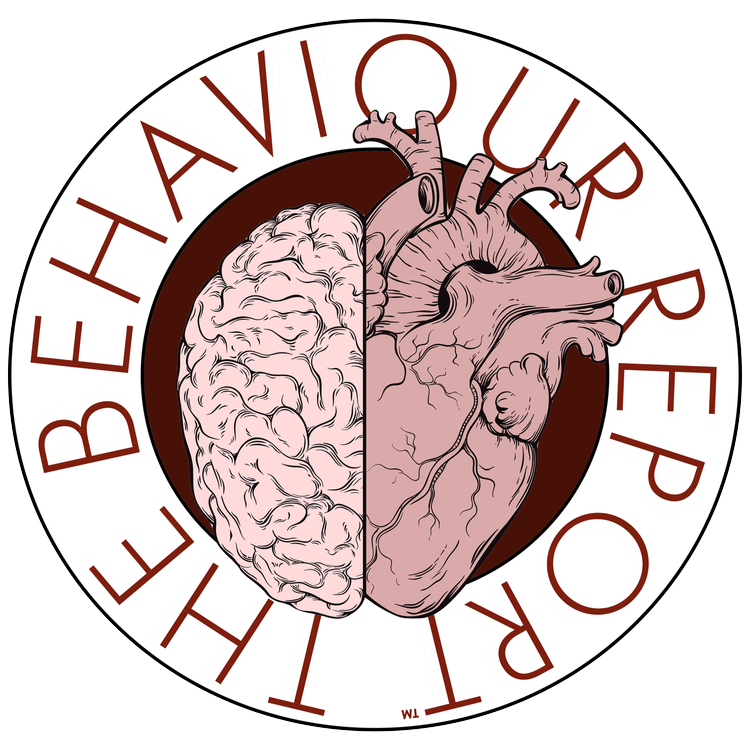by Dan Gregory @DanGregoryCo @TheBehaviourRpt #Culture #Performance #Change #Leadership
If you’re in the business of high-performance and culture development, you’re probably familiar with the maxim, “Discipline beats Motivation,” however, I’d like to add an amendment to this maxim and suggest that “Design beats Discipline,” when it comes to consistent and sustained performance.
The truth is, none of us is motivated every moment of every day, nor is anyone disciplined in every aspect of their lives. They’re both great things to have, but they’re short term strategies.
What’s more, they’re more based on 1980’s pop psychology than robust behavioural science.
One of the conclusions we might draw from the work of the Situationist School of Psychology and from Behavioural Economists such as Kahnemann, Tversky, Thaler and Sunstein, is that context, or environment, is often a better predictor of behavioural outcomes than character. Now, environment might be physical, or social as well as contextual or conceptual, but this is where design comes into play.
The other important factor to consider is that often, performance and success (or the lack thereof) are not a function of what we do, or fail to do, but rather come down to obstacles, hurdles or impediments we fail to deal with in a sustainable way.
A bias towards success… and away from failure!
We often think of biases as being exclusively negative, however, we can also create behavioural biases towards success, and just as importantly, away from failure.
What this means in practical terms is that we design a behavioural “bridge” that helps us to ameliorate the performance failure or gap we might be experiencing either individually or as a culture and team.
So what are the elements of failure that cost us success and performance? Often times, failure comes down to four critical issues - Biases, Blocks, Blindspots and breaks.
Biases
Biases are often informed by our strengths (for more on this concept, see my article on The Weakness in your Strengths). Essentially what this means is that we have a bias towards solving problems based on our strengths - ie. When all you have a hammer, everything starts to look like a nail - good luck changing that light bulb.
Biases can cost us performance by blinding us to other opportunities or tools, but also by making us predictable and generic in our field, undermining any true competitive advantage.
Blocks
I define blocks as being linked to our emotional responses to feelings such as fear. Fear, of course, is a particularly useful physical response that is designed to help us mitigate risk and to stay alive. However, an over sensitivity to fear-producing stimulus can be debilitating and rob us of success.
The fact that public speaking is a bigger fear for most people than death, is testament to this.
However, we can also learn to shrink fear by first identifying its type and how it shows up - ie. Fight, Flight, Freeze or fawn - and also by learning to rate it in terms of severity and developing tools and strategies to “dial it up or down” where appropriate.
Blindspots
Blindspots relate to knowledge gaps - which are not always easy to identify. Sometimes, we just don’t know what we don’t know.
Of course, this is not always the case, occasionally we are aware that a knowledge gap is causing us to procrastinate or avoid a particular activity, and we also usually have some life experience that has taught us that “clarity equals velocity.”
So, what is the missing piece of knowledge that is costing your success (assuming of course that we can never have all of the information we might like), and more importantly, how much more do you need to know to get into action?
Breaks
Breaks are typically linked to our weaknesses and often the greatest opportunity for our performance uplift.
Sometimes, these can be delegated or outsourced to those with more specialist skills, or else augmented or improved until our weaknesses become assets, but they can also be “hacked” behaviourally with a work-around or a behavioural “bridge.”
How Behaviour Design works
So, once you’ve identified the performance gap or the source of your failure in a particular activity or skill, what next?
They key is to use what Thaler and Sunstein refer to as a “nudge.” Now, this is a broad term that refers to a number of behavioural interventions that drive a particular behaviour, usually without conscious effort. For the purposes of this article, I’ll simplify the concept with a formula for building a behavioural bridge>
BELIEF - Identify the behaviour do you believe should be showing up, but isn’t? eg. I believe I should wake up early in the morning to get a head start on the day.
BEHAVIOUR - What behaviour actually shows up? eg. I actually don’t get up because I turn off my alarm and go back to sleep.
BEHAVIOUR FAIL - Determine the root cause of the behavioural fail. eg. The proximity and ease of the snooze button on the alarm
BRIDGE - Create a behavioural bridge that helps you to “hack” the fail. eg. You might set multiple alarms so the initial alarm has some “back up,” or you might set the alarm and move your clock to the other side of the room so that the proximity and ease issue is removed.
The point here is that performance and not entirely determined by what we are motived to do, or disciplined in not doing, but also by how we use behavioural design to work-around the obstacles and issues that get between us and success.
So, why not build a bridge… and get over failure?!
